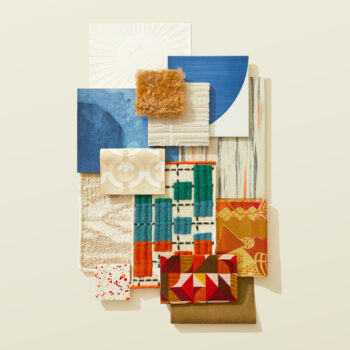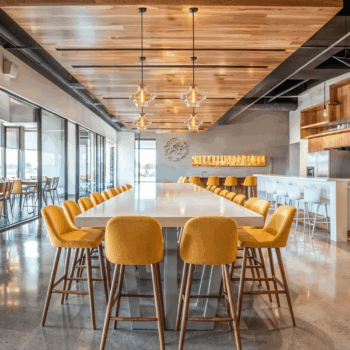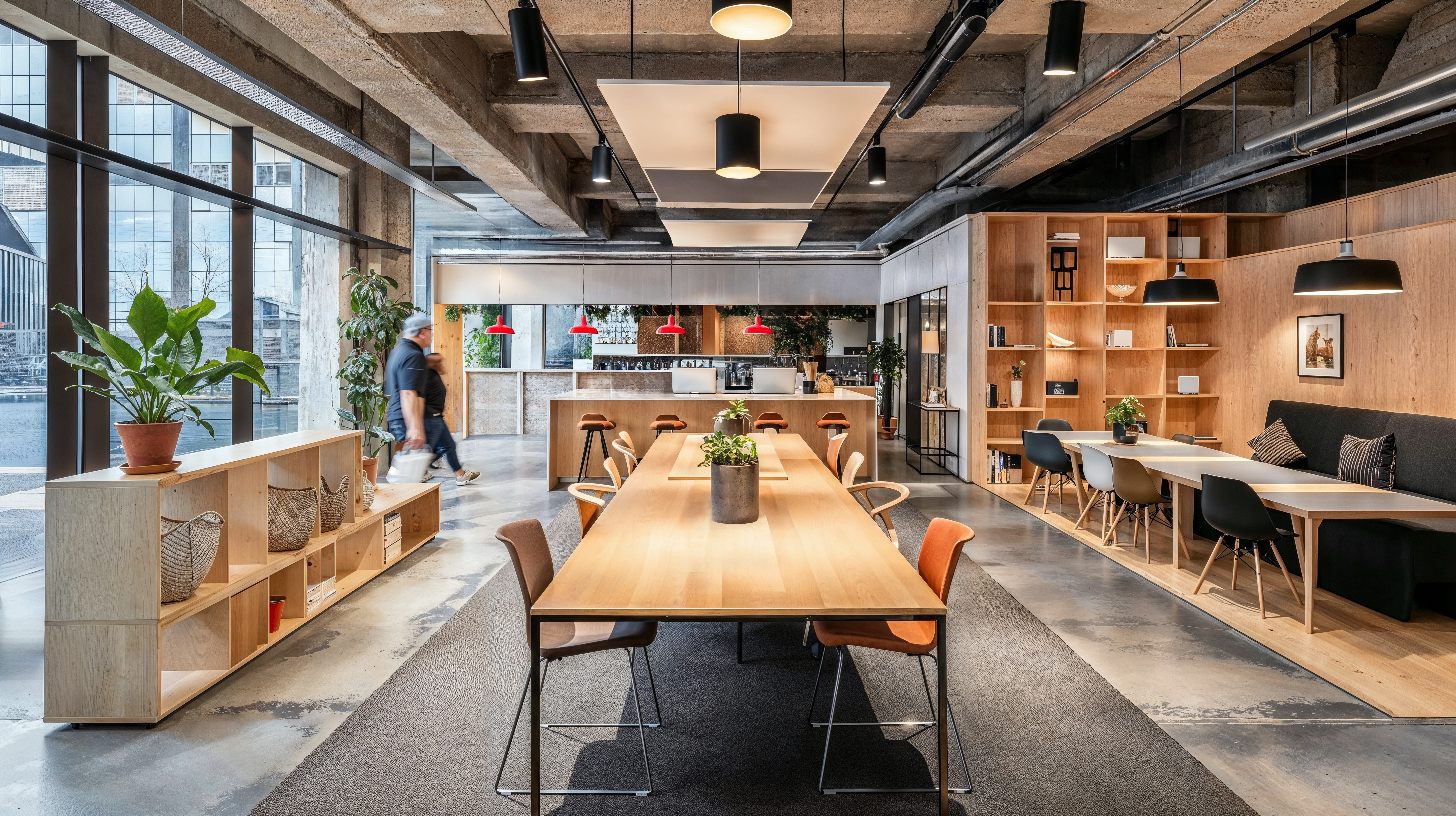
Scandinavian design is a study in balance, blending minimalist elegance with a profound connection to nature. Renowned for its clean lines, functional simplicity, and serene aesthetics, this style has become a cornerstone of modern interiors. Whether it’s a residential retreat, a collaborative office, or an urban eatery, Scandinavian design transforms spaces into havens of calm and functionality.
The Core Principles of Scandinavian Design
At its heart, Scandinavian design is guided by simplicity, practicality, and natural beauty. Its key elements include:
- Minimalism with Purpose: Scandinavian spaces prioritize clean lines and uncluttered environments, emphasizing only what is essential. Every element is carefully curated to serve both form and function, creating an atmosphere of calm and order.
- Nature-Inspired Aesthetics: A profound connection to the natural world is reflected in the use of light wood, wool, leather, and stone. Large windows invite abundant natural light, fostering a sense of openness and harmony with the outdoors.
- Neutral Color Palettes: Soft whites, gentle grays, and muted earth tones dominate Scandinavian interiors, creating a tranquil backdrop that can be accented with subtle blues or greens for added warmth.
- Cozy Textures: The Nordic concept of hygge, or comfort, is expressed through plush textiles like wool throws, sheepskin rugs, and upholstered furnishings, which add warmth and tactile interest.
- Sustainability: Scandinavian design emphasizes eco-conscious materials and craftsmanship, aligning aesthetics with a commitment to environmental responsibility.
Bringing Scandinavian Design into Modern Spaces
Pediatric Clinics
Scandinavian design fosters calm and comfort, making it ideal for healthcare settings. Soft, neutral colors and natural materials create a soothing atmosphere, while functional layouts prioritize efficient care delivery. Thoughtful play areas featuring light wood finishes, ergonomic furniture, and cozy textiles invite children to feel at ease in the space.
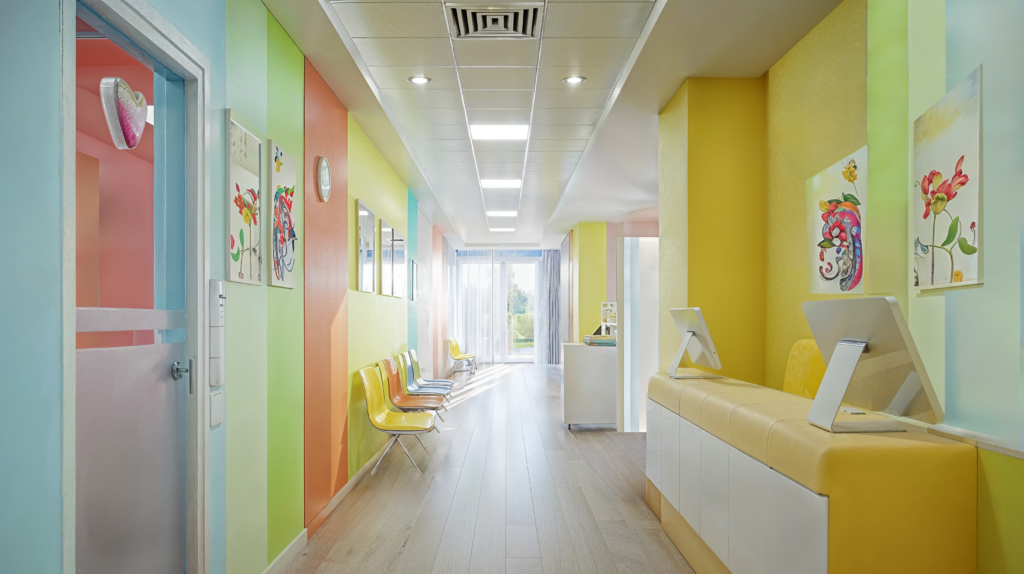
Co-Working Spaces
This aesthetic inspires focus and creativity in co-working environments. Flexible furniture solutions, abundant natural light, and calming color palettes support productivity, while communal areas enriched with soft textiles and greenery encourage collaboration and connection.
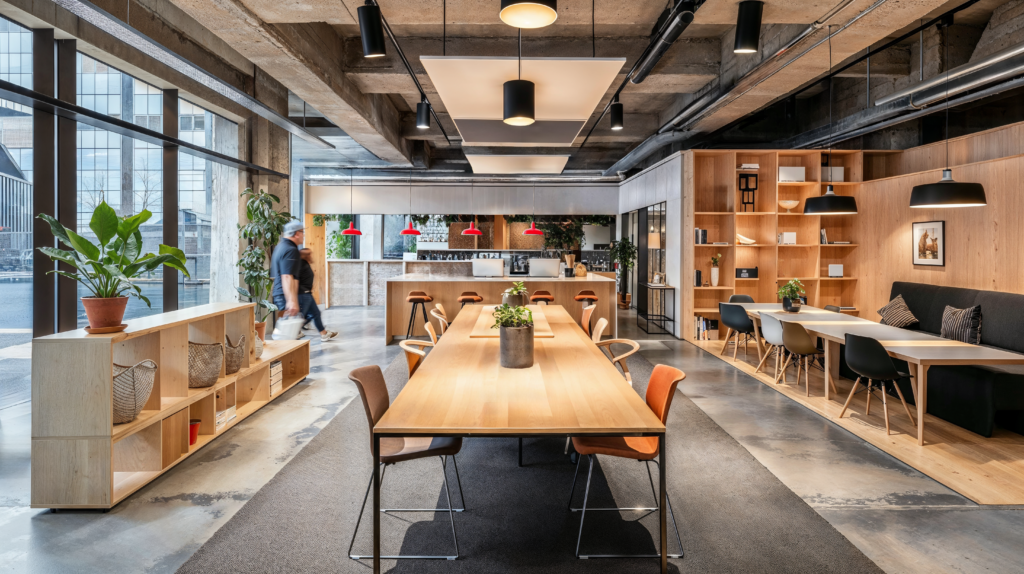
Teacher’s Lounges
In educational settings, Scandinavian design offers teachers a serene retreat. Soft textures, warm wood tones, and ample natural light create a restorative space for relaxation and rejuvenation, seamlessly blending functionality with a sense of well-being.
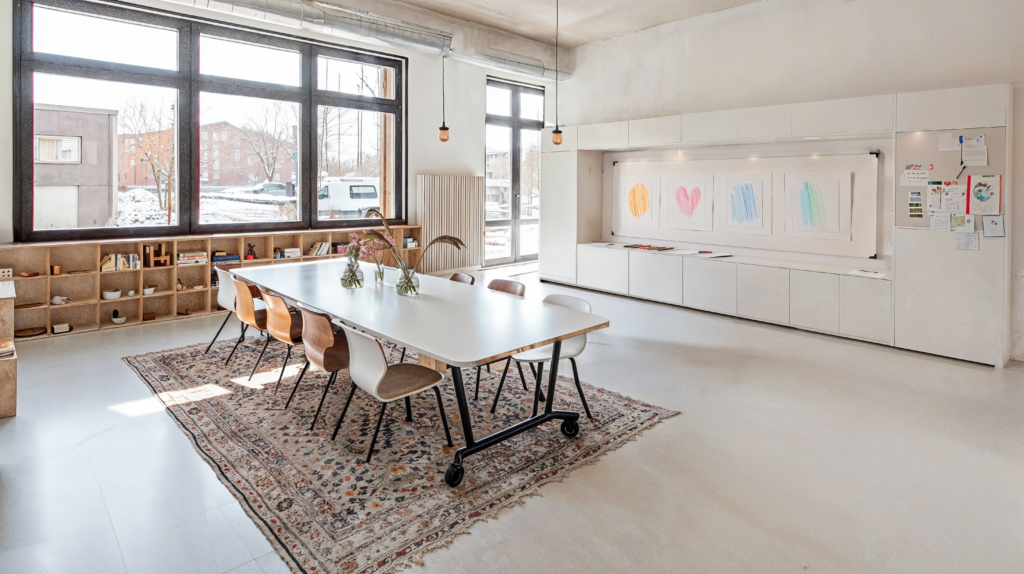
Glamping Sites
Elevate outdoor accommodations with natural harmony and understated luxury. Interiors in cabins or tents feature light wood finishes, plush textiles, and simple, elegant layouts, creating a seamless connection between comfort and the surrounding environment.
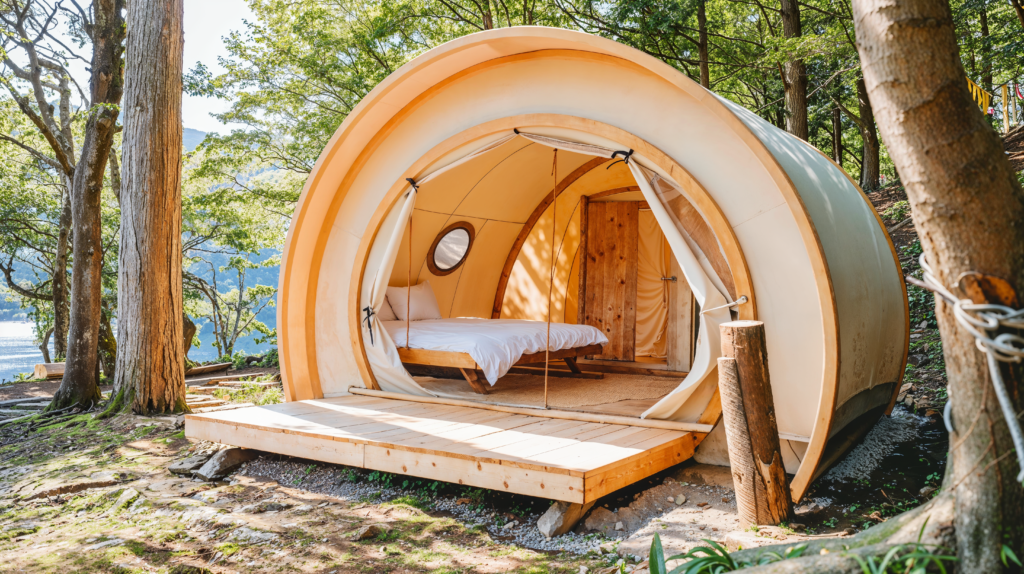
Cinemas and Film Houses
Bring a fresh, minimalist approach to entertainment spaces. Comfortable seating, understated décor, and calming color schemes enhance the viewing experience. Materials like warm wood and wool, paired with carefully curated lighting, add a cozy yet sophisticated ambiance.
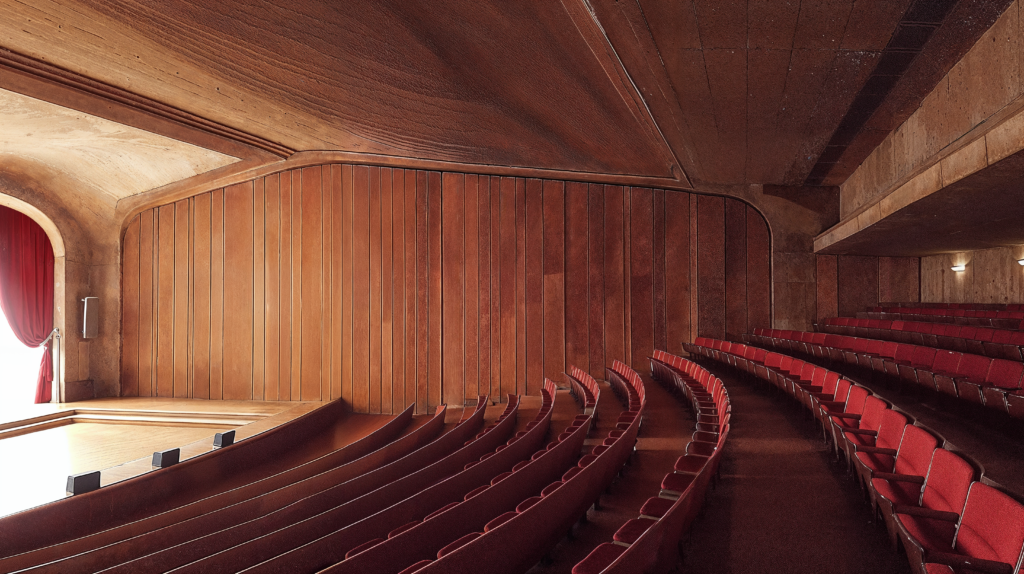
Retail Stores
Scandinavian aesthetics in retail environments highlight products with elegance and simplicity. Neutral backdrops, functional layouts, and natural materials such as wood and stone draw attention to craftsmanship, offering shoppers an inviting and tactile experience.
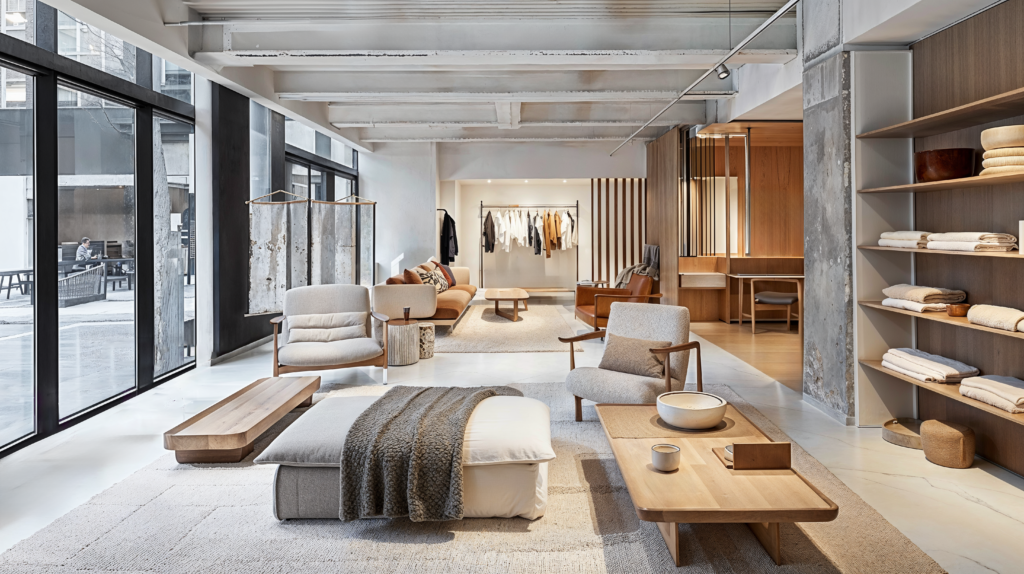
Transportation Hubs
Transform bustling transportation hubs into calm, efficient spaces. Ergonomic seating, intuitive wayfinding, and large windows that maximize natural light create a user-friendly environment, balancing functionality with a welcoming atmosphere.
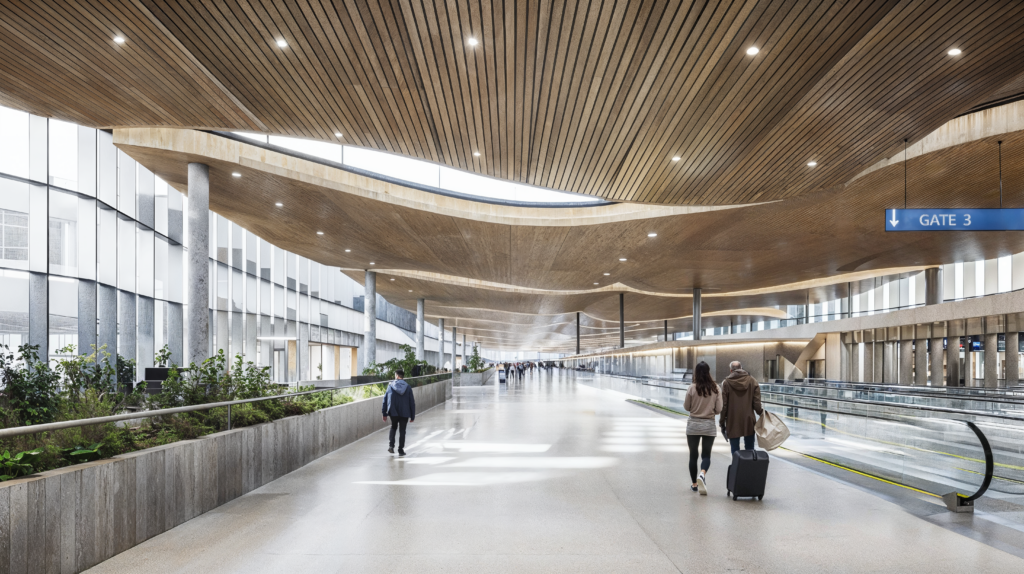
Restaurants in Mixed-Use Buildings
Scandinavian elements lend restaurants a versatile, contemporary charm. Clean lines, natural textures, and neutral tones create a space that transitions seamlessly from casual daytime dining to intimate evening gatherings, offering adaptability without compromising style.
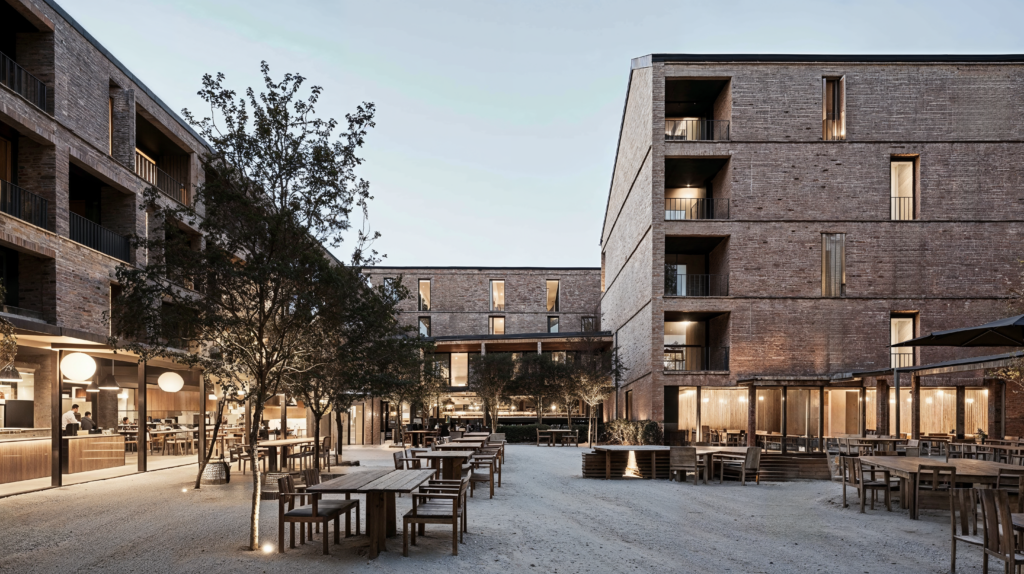
Residential
Reimagine homes as serene retreats. Open layouts, multi-functional furniture, and nature-inspired materials combine practicality with understated elegance. Muted colors and soft textiles create a cozy, inviting ambiance for everyday living.
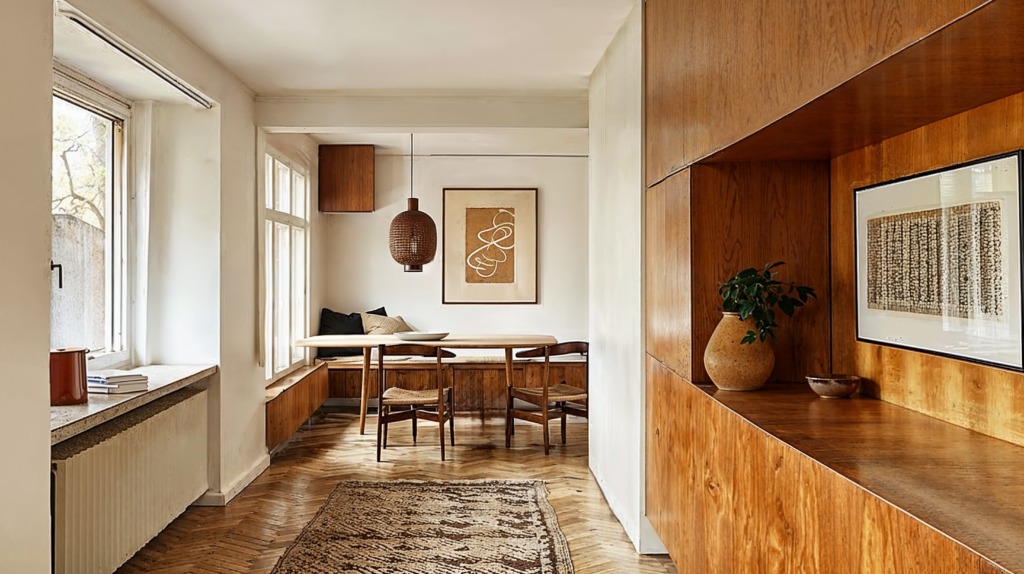
Scandinavian design‘s simplicity, sustainability, and functionality make it a versatile choice for modern interiors. By integrating its core principles into various building types, designers can create spaces that feel not only visually stunning but also deeply purposeful and inviting.
Discover more inspiration with a fusion of Japanese and Scandinavian design in our article What Defines Japandi Style?






